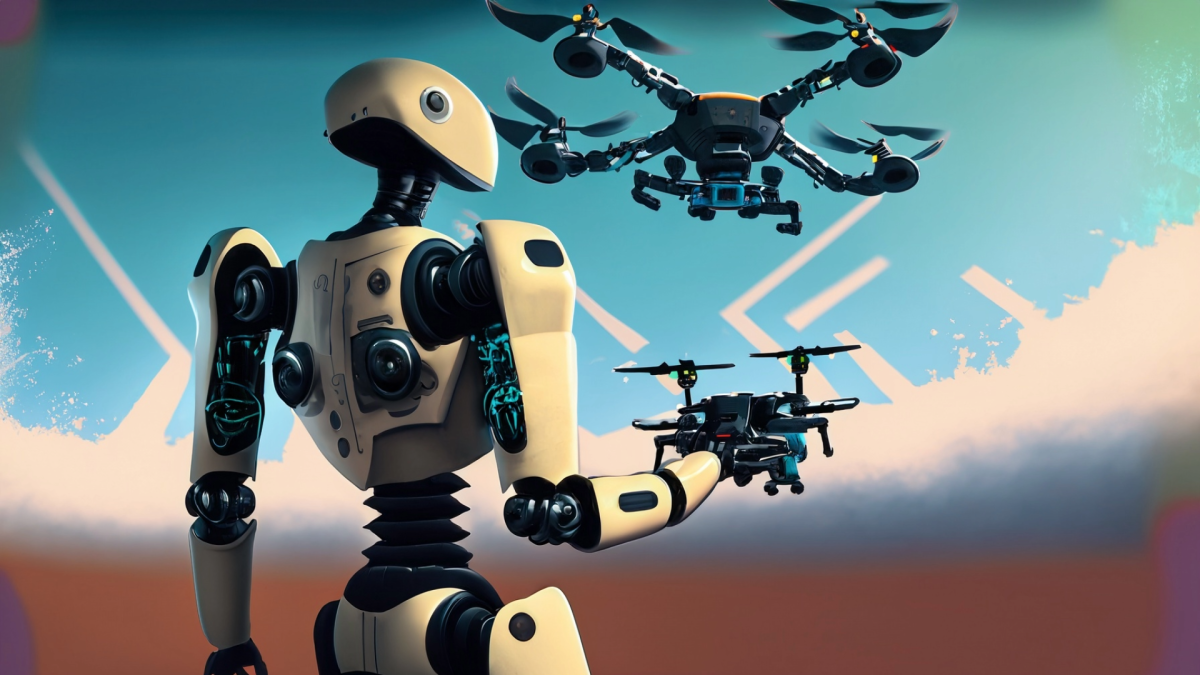
Grades:
3rd Grade, 4th Grade, 5th Grade, 6th Grade, 7th Grade, 8th Grade
Coding and flying drones what a match! Students will have the chance to experiment with flying a drone in a simulator. The lesson includes 4 missions incorporating forces of flight acting on a drone.
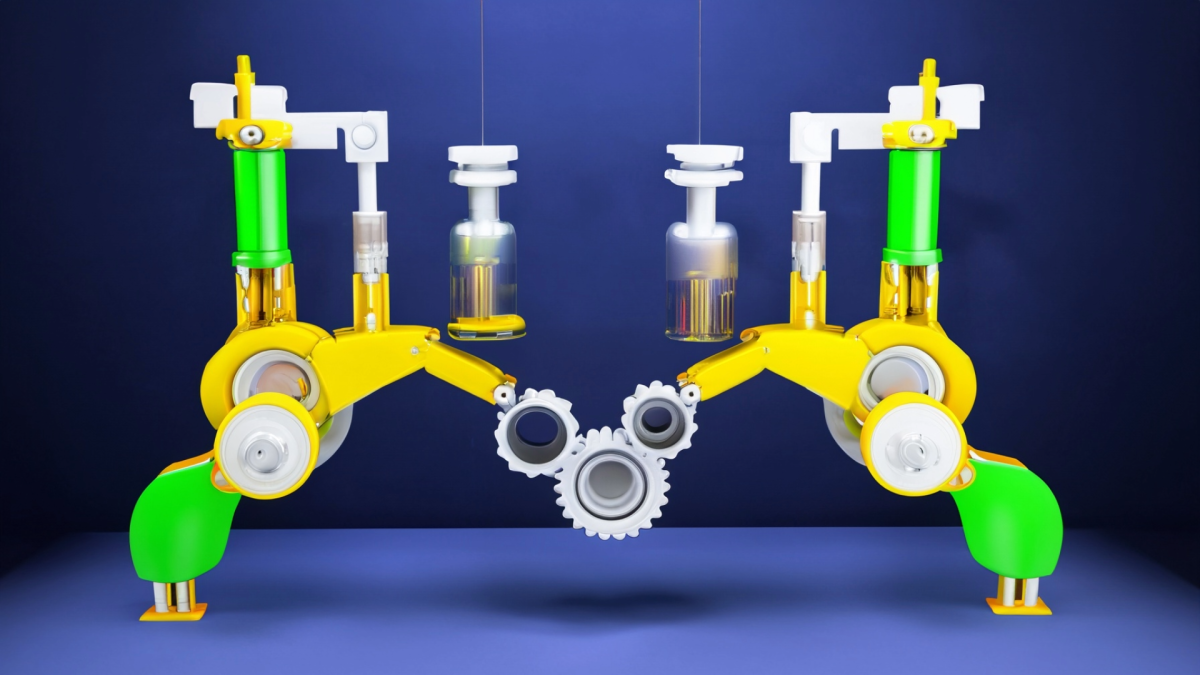
Grades:
Kindergarten
Kindergarten students will be given a STEM case to solve! The goal is to build a bridge for two different sized/weight of vehicles. Students will research types of bridges and decide which bridge will
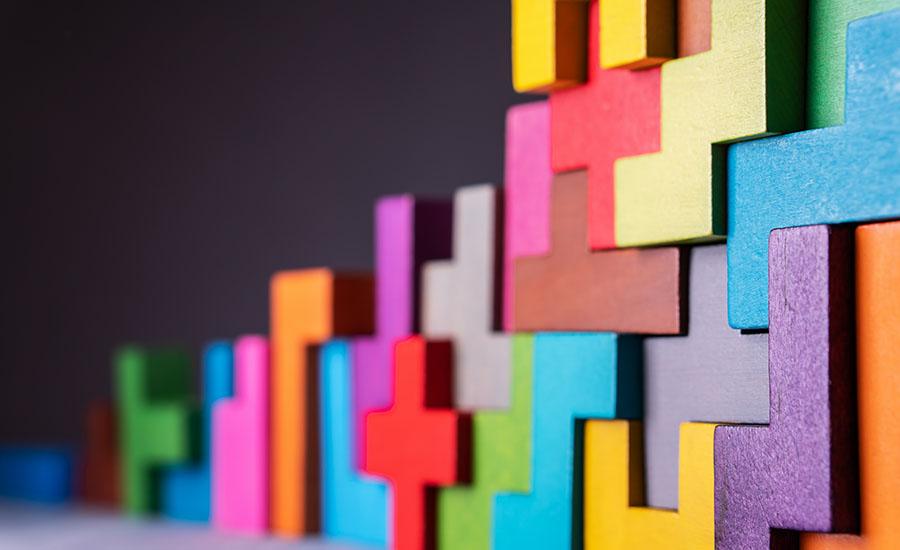
Grades:
5th Grade, 6th Grade, 7th Grade, 8th Grade
Students use the engineering design process to plan, create, code, and share a unique, functioning illuminating e-textile sweater using a Circuit Playground Express (CPX).
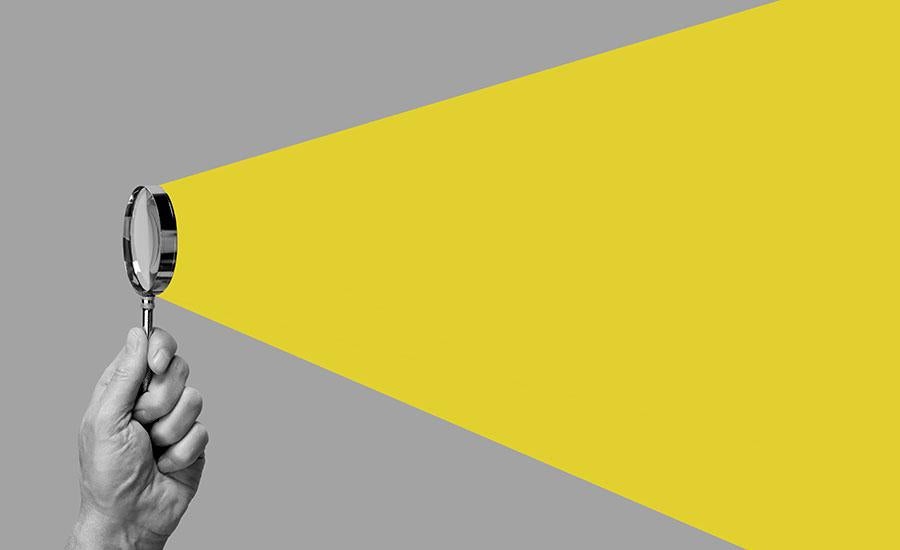
Grades:
9th Grade, 10th Grade, 11th Grade, 12th Grade
In this lesson, students will explore the key physics principles that govern the design and operation of street lighting systems. Through a hands-on engineering design challenge, students will apply
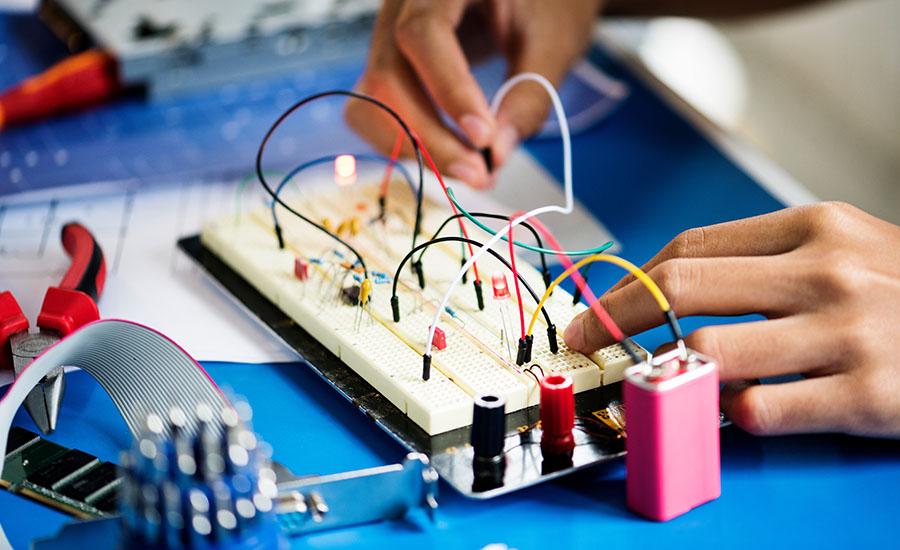
Grades:
2nd Grade, 3rd Grade, 4th Grade
In this lesson students in grades 2-4 will explore Arizona’s important role in the copper industry by learning how to create a simple circuit using copper wire, a battery and LED pin lights. They will

Grades:
4th Grade
Students will conduct research about different types of severe weather and how to prepare for it, then share their research with classmates via slideshow presentations.
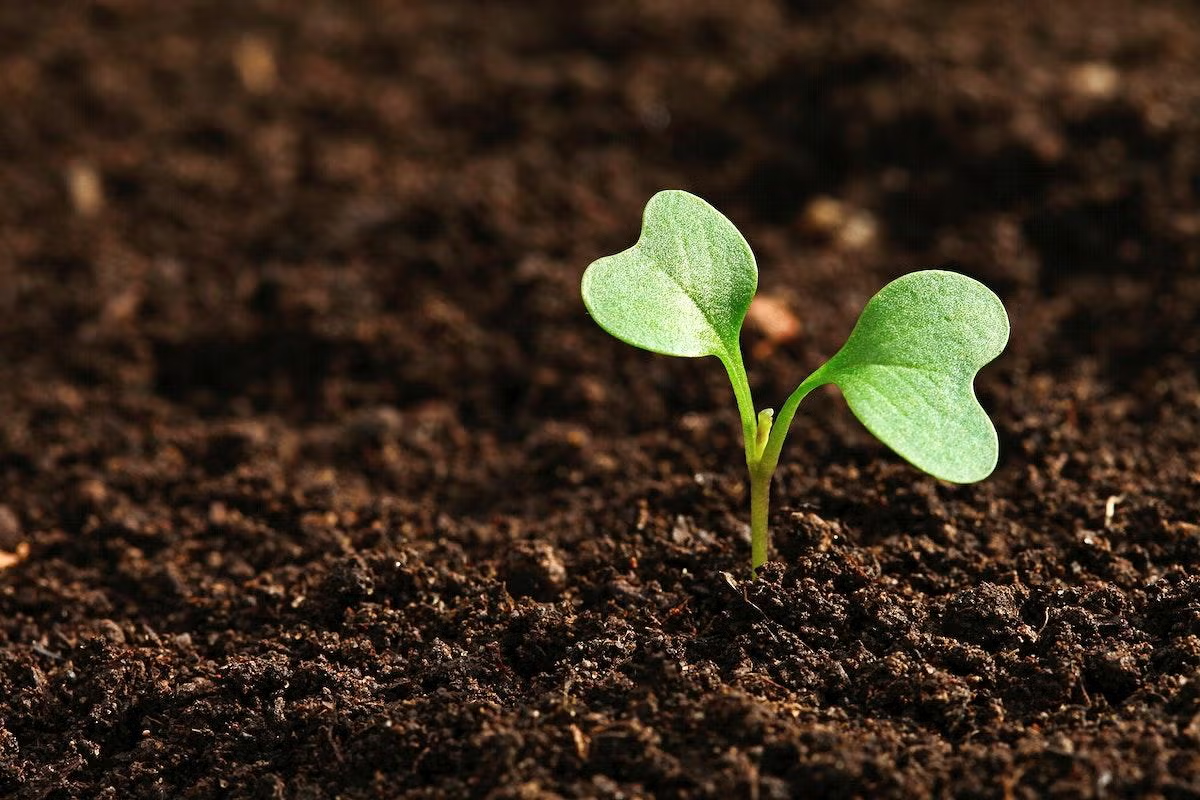
Grades:
6th Grade
Students will be designing a shade structure to fit a mini-raised garden bed in order to help it adapt to the increasing sunshine in summer.

Grades:
4th Grade
This 4th grade STEAM lesson focuses on introducing students to Earth's four systems: Hydrosphere, Geosphere, Atmosphere, and Biosphere (excluding the Lithosphere). Students will learn about the Greek

Grades:
1st Grade
Students will experiment with light and shadows, learn the values of coins, and then perform a puppet show combining their knowledge of light and shadows with their knowledge of coin values to tell
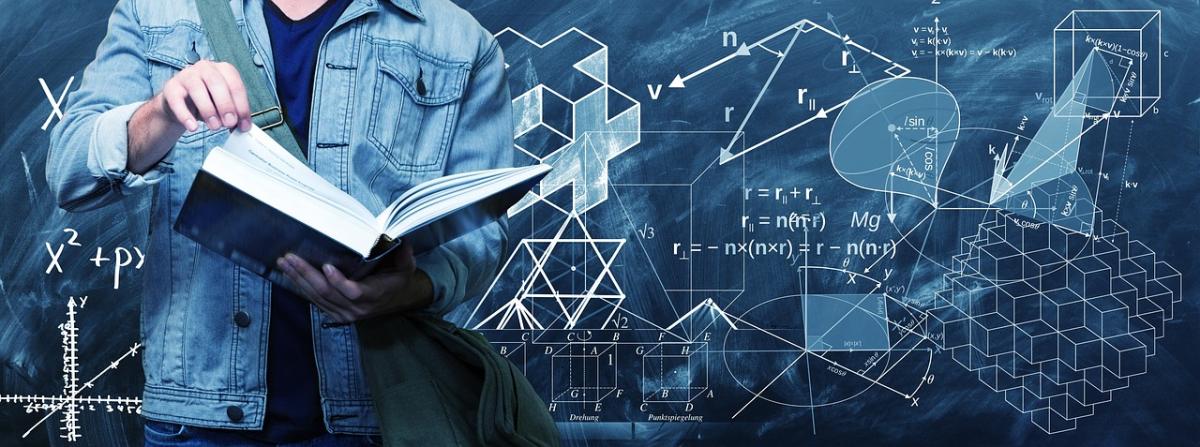
Grades:
5th Grade
In this lesson, your students will be engaged in learning about forces and motion while using fractions in line plots. Students will record the spin time of different objects, they will display data

Grades:
9th Grade, 10th Grade, 11th Grade, 12th Grade
This lesson is a follow-up to the lesson titled "Creating Sustainable Solutions with Bioplastics Part 1". In this lesson, students evaluate different ingredients for bioplastics and create a minimum

Grades:
9th Grade, 10th Grade, 11th Grade, 12th Grade
In this lesson students evaluate the advantages and disadvantages of conventional, petroleum-based plastics, bioplastics, and their different varieties. The lesson is driven by class/group research

Grades:
7th Grade, 8th Grade, 9th Grade, 10th Grade, 11th Grade, 12th Grade
The purpose of this project is to have students use their knowledge of series and parallel circuits to create an electronic greeting card or an electronic game. This lesson should be given after

Grades:
9th Grade, 10th Grade, 11th Grade, 12th Grade
Students will delve into the intricate web of Earth systems, recognizing their interconnected nature and unlocking the secrets of Japan's geological features through observation and data collection
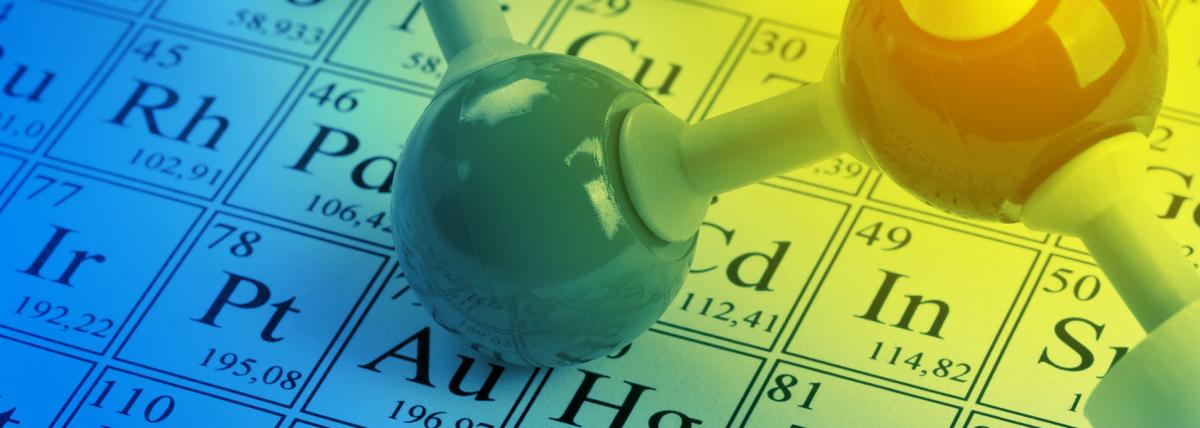
Grades:
10th Grade, 11th Grade, 12th Grade
Students will unravel the intricacies of environmental impact analysis, gaining insight into its pivotal role in evaluating the sustainability of chemical processes. Through a blend of explanation
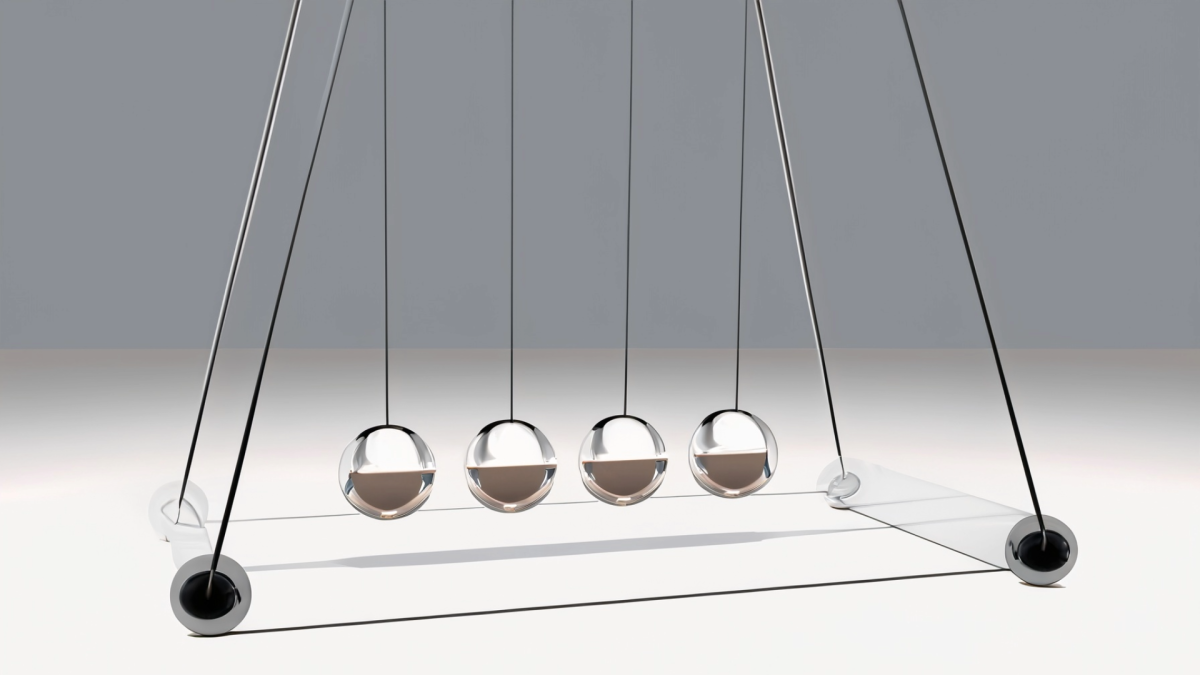
Grades:
7th Grade, 8th Grade, 9th Grade, 10th Grade, 11th Grade, 12th Grade
The students in this lab activity will play a competitive game with a small bouncy ball. The students will analyze the motion of the ball and apply projectile motion concepts. This activity requires

Grades:
10th Grade, 12th Grade
This lesson builds on the Part 1 of Urbanization Impacts in the HS Environmental Science classroom. In this lesson, students are utilizing their knowledge to create models of solutions to the

Grades:
10th Grade, 11th Grade, 12th Grade
This lesson includes a slide show and FITB notes page introducing Urbanization in a HS Environmental Science class. Benefits and drawbacks of urbanization are discussed, with a documentary about

Grades:
6th Grade
My lesson plan is entitled: Popsicle Stick Catapult. This lesson focuses on making a catapult out from popsicle sticks. This can be done inside the classroom where the students will be having fun

Grades:
6th Grade
In this lesson students will research different roller coasters then work in groups design and build a roller coaster using pipe insulation and tape. Students will then analyze their roller coaster

Grades:
6th Grade
This is part three of a four part unit. In this lesson students will be curious and play with a Comeback Can and a Tik-Tiki. Students will also develop explanations about how both devices work using
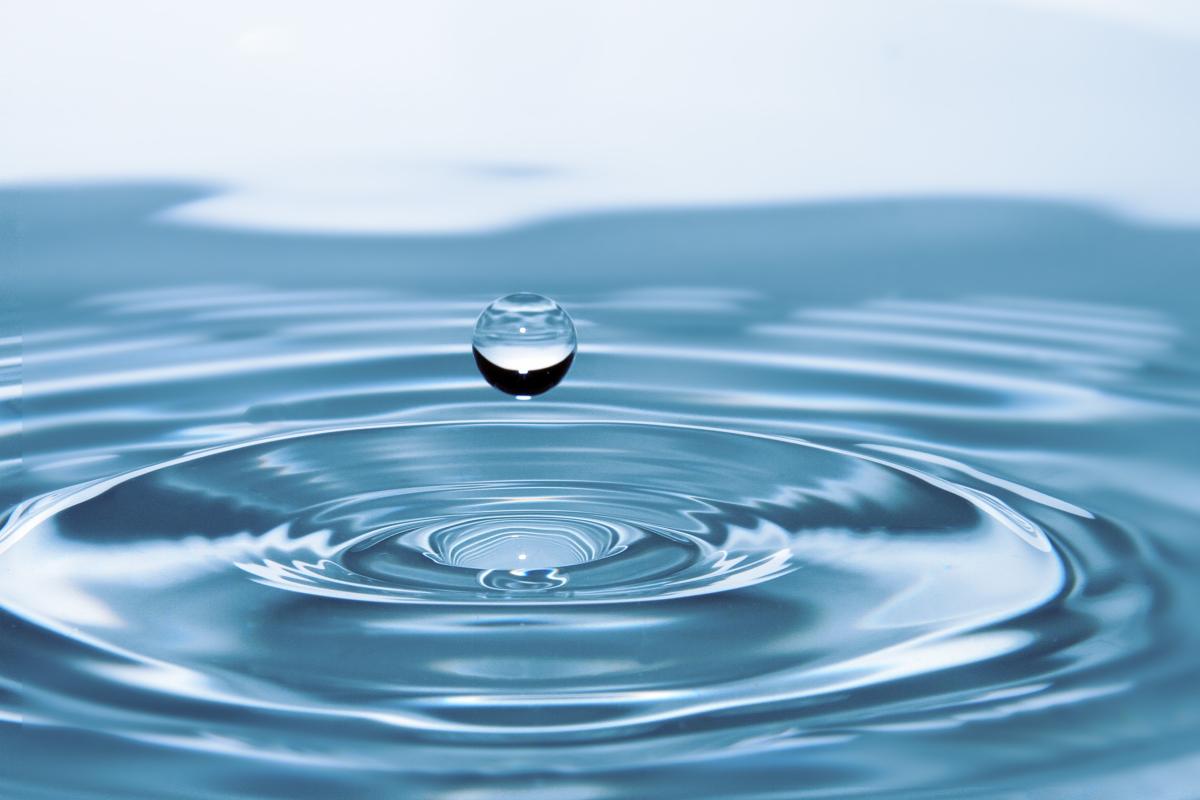
Grades:
Kindergarten
Students will explain the difference between sink and float through hands on experiences in this early childhood lesson.

Grades:
4th Grade
Students learn how energy transfer and electrical circuits energy are similar and different.

Grades:
8th Grade
Investigate how red wigglers rebuild soil by processing food scraps and depositing their casts into the soil. Student groups will have their own worm bins to care for and they will gather data about


